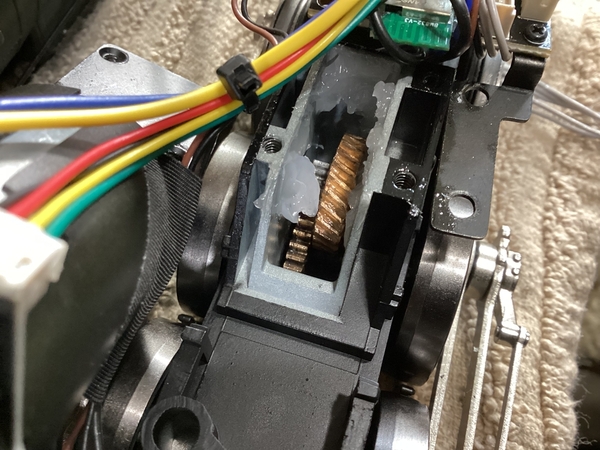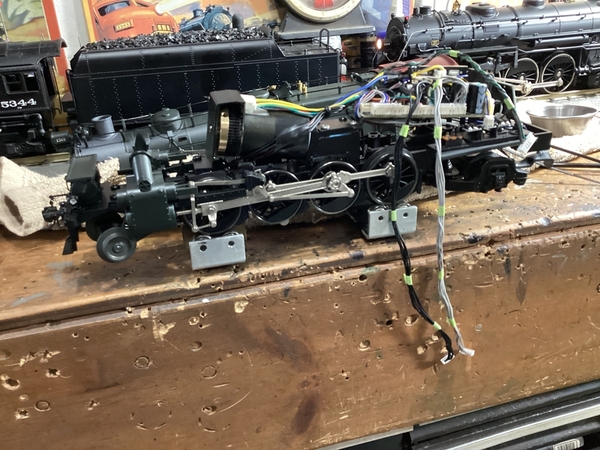Thanks to the advice of Mike Reagan, we went tankless hot water this time, and we’re loving it!…..the lovely Ms. Tammy & I did it ourselves, and all went well, …..When I went out to Mike’s place a couple years ago, his guest bathroom is like the Taj Mahal of guest baths, and he showed me his tankless set up. When ours decided last night was the night, we followed suit….
Back to Dave’s L1 now, and probably enough about hot water heaters, ……before the thread goes poof,….
As I mentioned before, the worm shaft engages half of the worm wheel. The worm shaft, ( worm on the motor ) is pretty fat, so the worm shaft rides off the edge of the worm wheel. I believe this to be the source of the noise in Dave’s example,….this new design of intermediate shaft can not move laterally, so I don’t see any issues with premature wear due to that set up. On Dave’s model, and I feel the other models that complained about issues with jerking or jamming in reverse, the problem is the gear lash. As Norm pointed out, these fixed arrangements have a much more crucial gear mesh than other designs, ….To get Dave’s model as best as it can, I played around with the shim/gasket under the motor mount. In Dave’s case, .7 mm gave the best operation, and the least amount of noise……These engines will be another case by case study depending on how badly they perform in reverse, and how much gear train noise they create in motion. I’m not seeing anything to make these engines grenade themselves as we’ve seen on previous models, with similar gear box designs….So basically it boils down to a crucial gear lash. Mitigating noise, or jerky operation will require a hard look at the shim between the gear box and the motor mount……OR the lack their of, if not so equipped……I test ran Dave’s example on my rollers, sitting on my workbench top, which would be noisier than running on the layout,…..I wanted the worst case scenario, so we’ll be pleasantly surprised with the best case…..a video will follow this reply. For gasket materials, I used automotive gasket papers of varying thicknesses to get where I wanted it to be,……I will reassemble Dave’s L1 and test on the layout to verify we’ve at least “ cleaned up” this engine…..again, I’m not seeing these go into self destruct mode as long as the gear mesh is ok on your model, …the tell tale will be in reverse. They do need grease added right out the gate!!!….factor at least half a teaspoon full as a blanket coverage ……
Pat 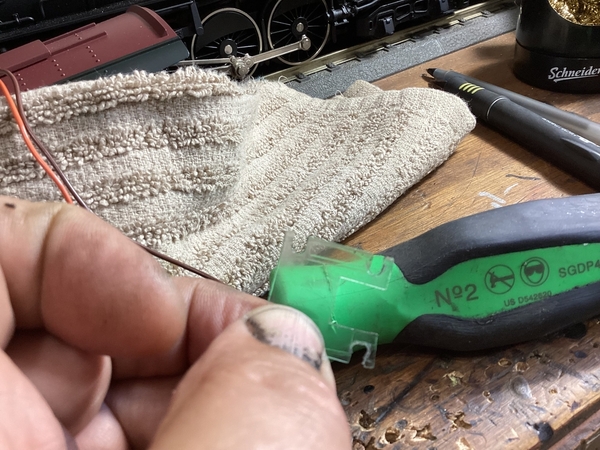
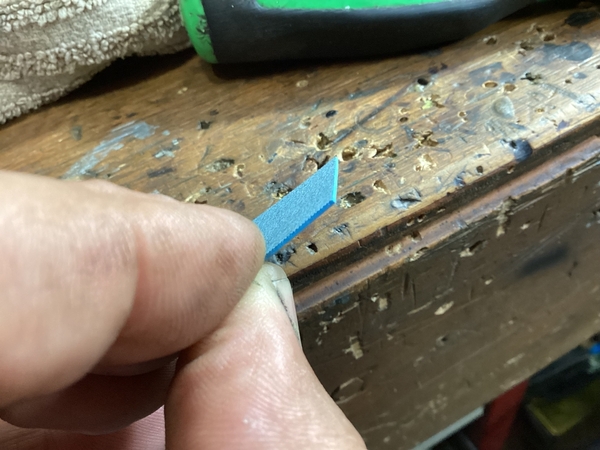
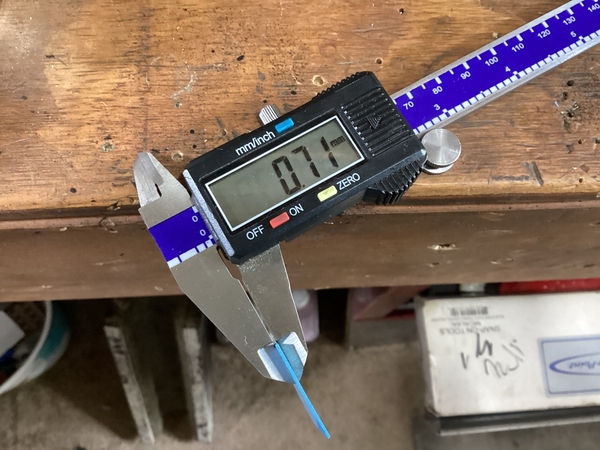
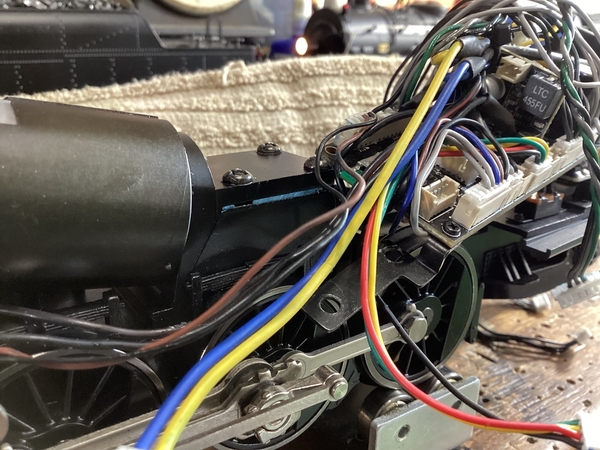
![]()
![]()













